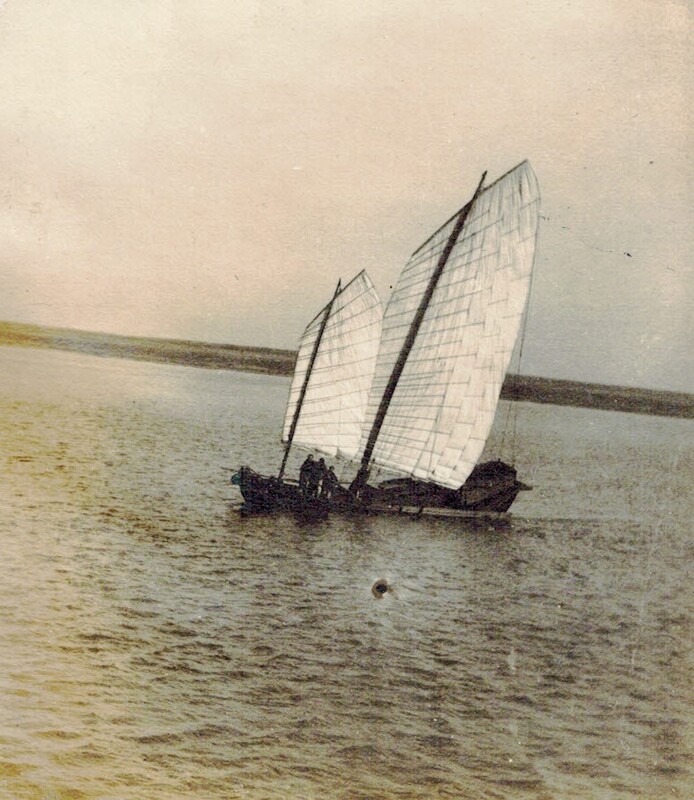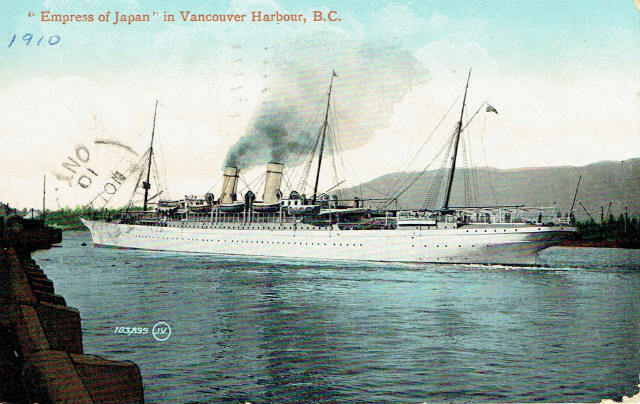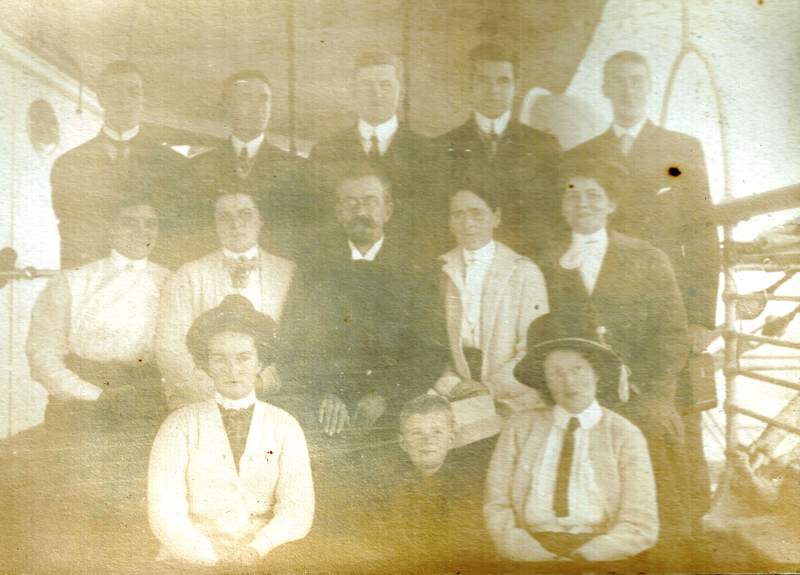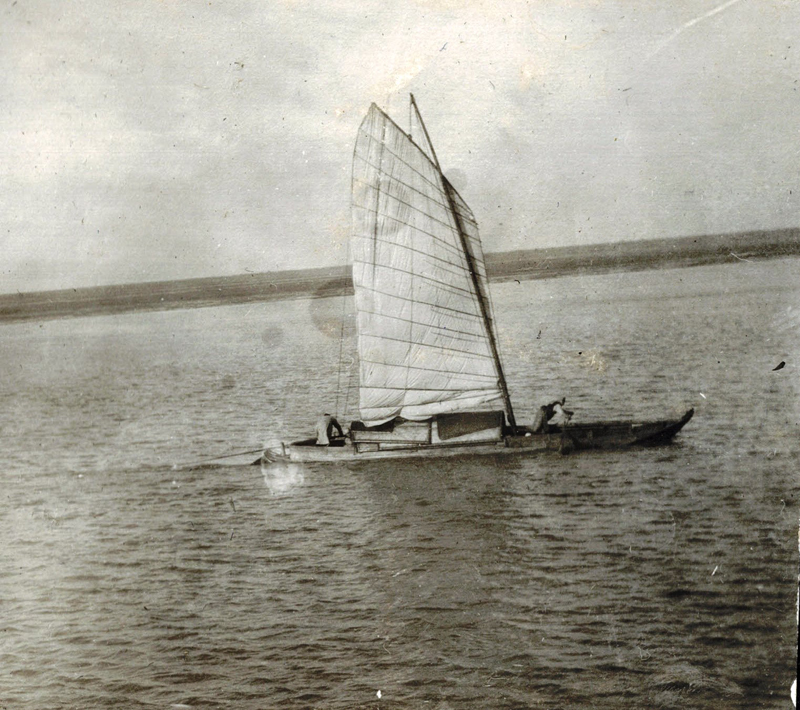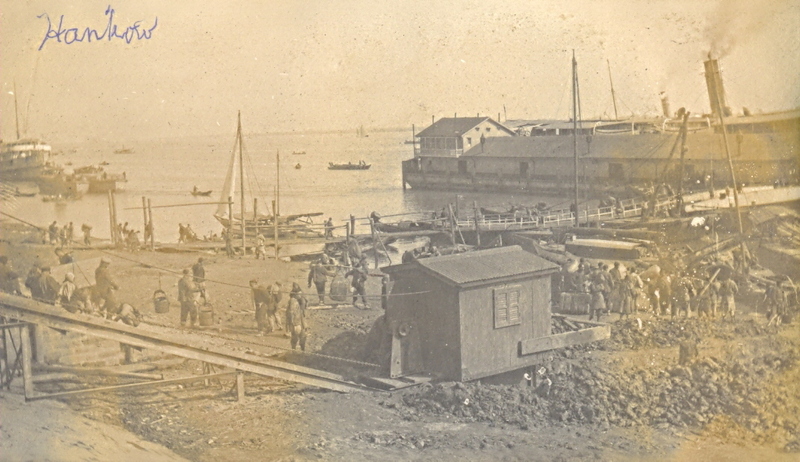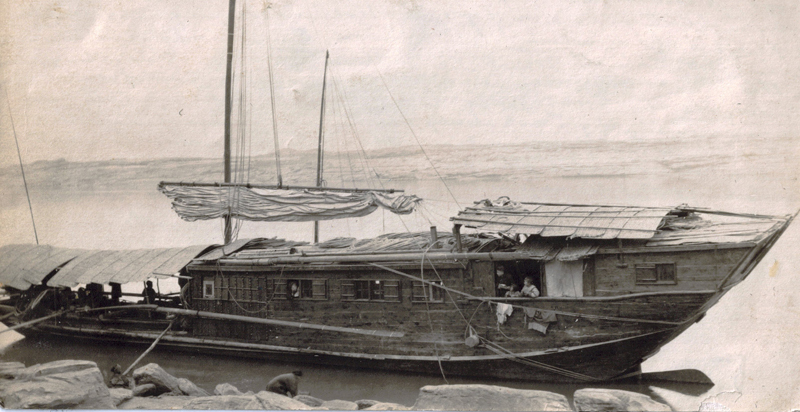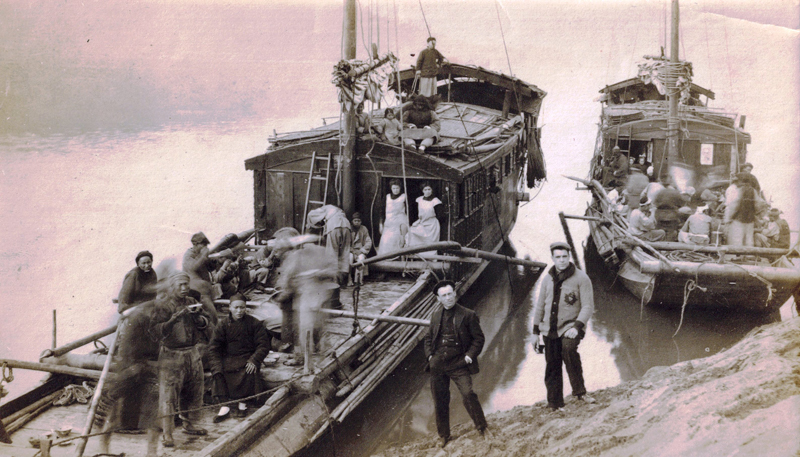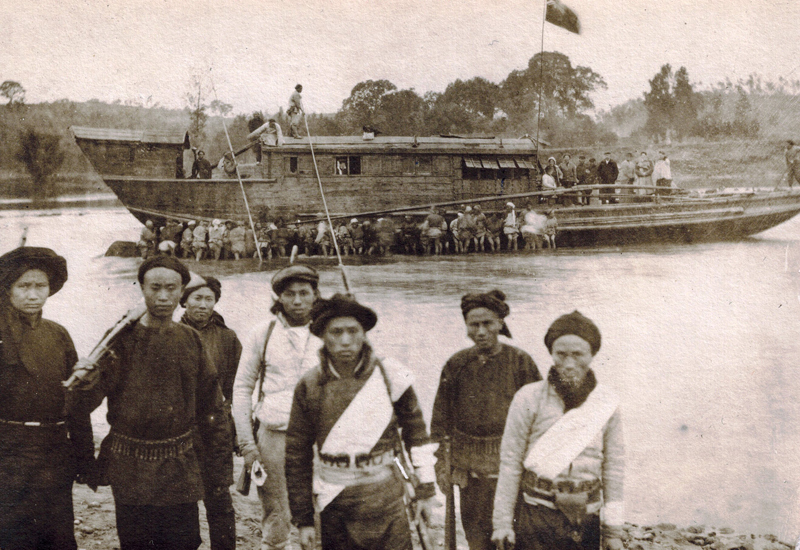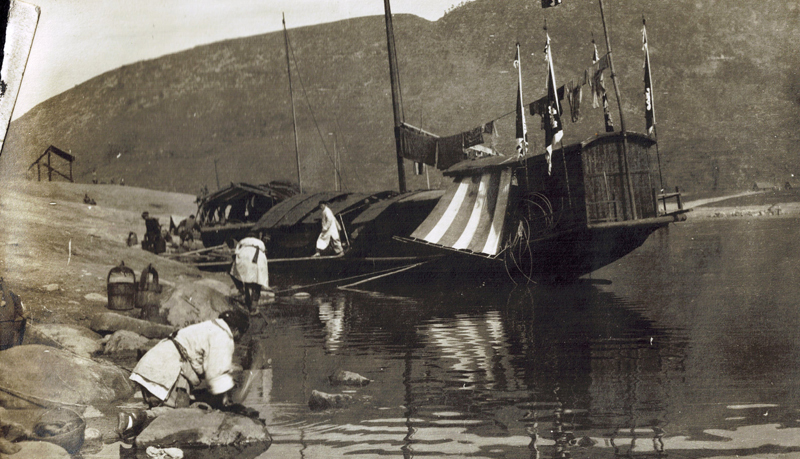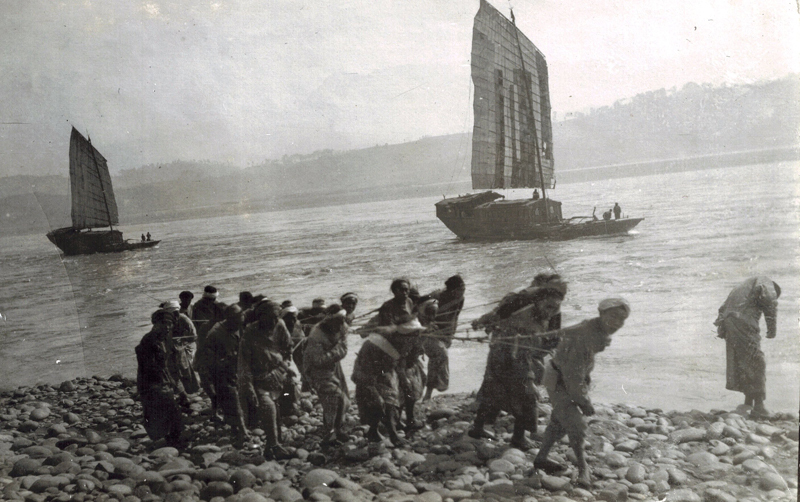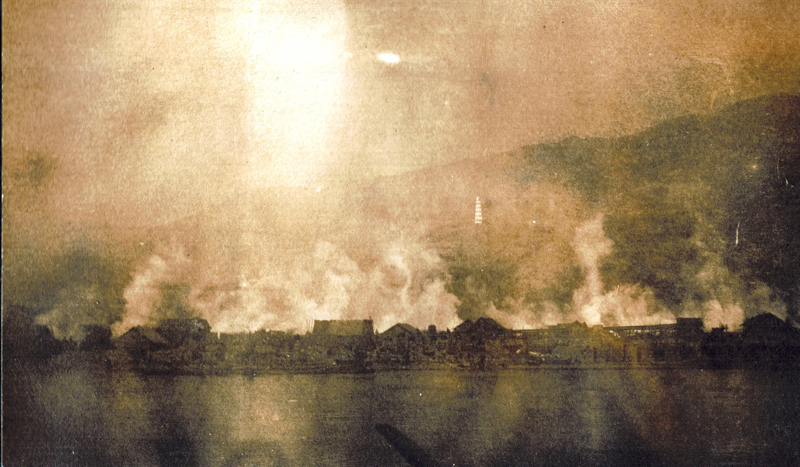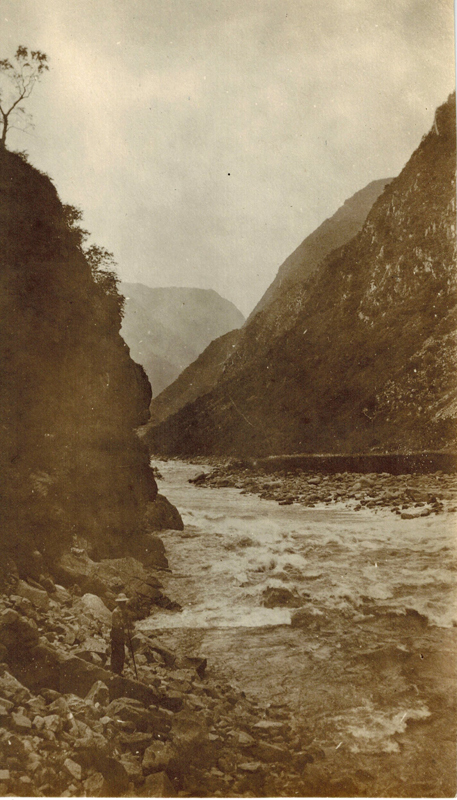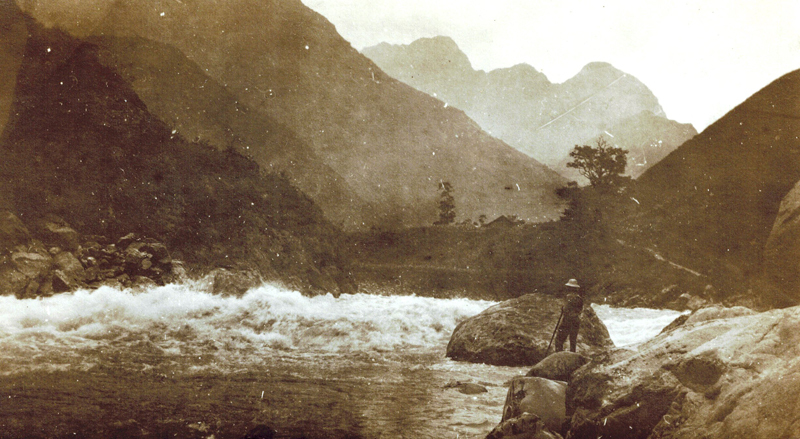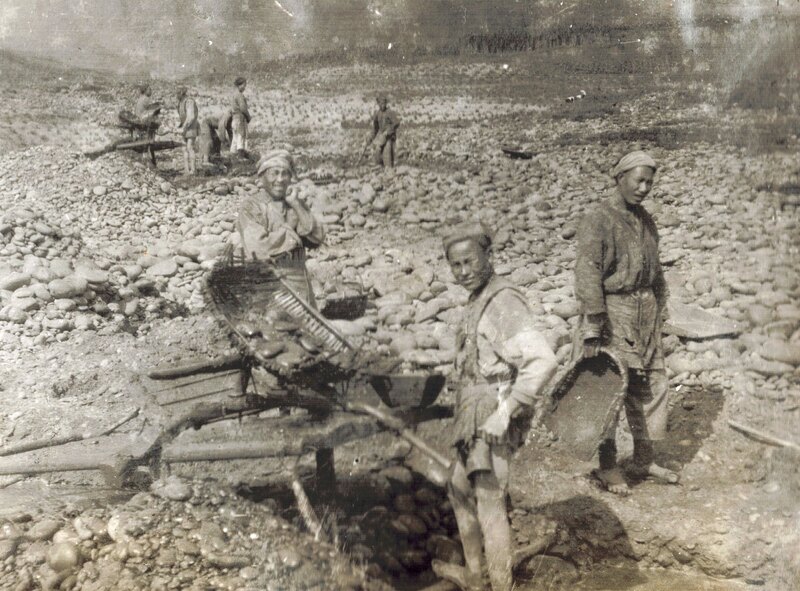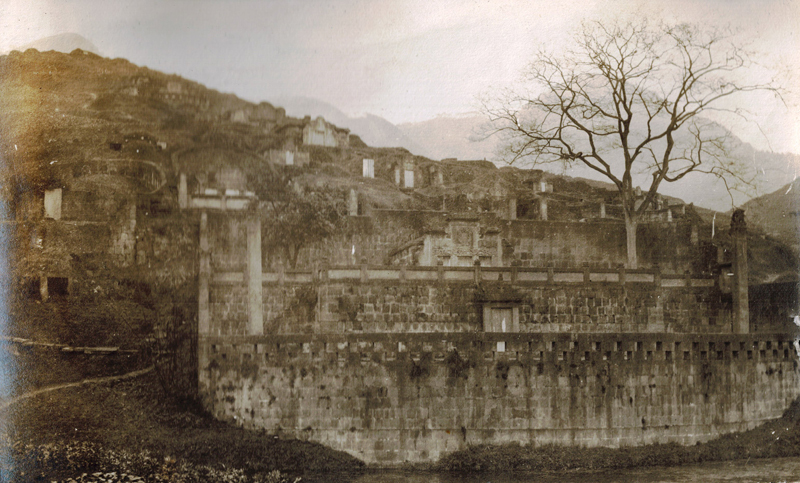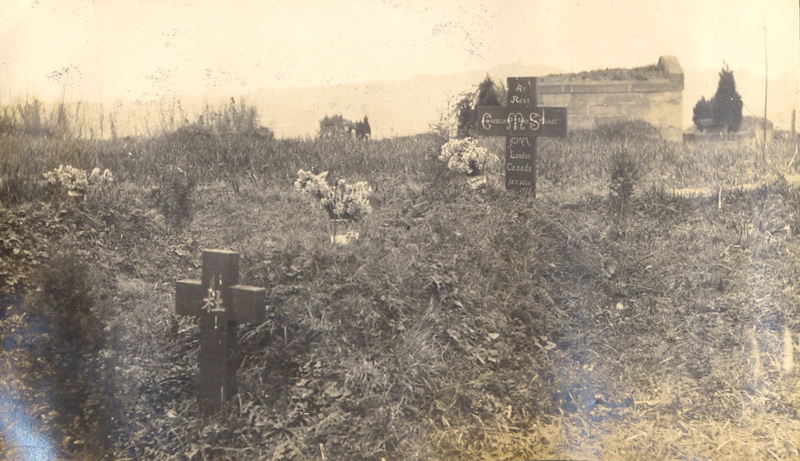Ch 4: Phase 2 - Initiation Journey
After “the call” came the practical work of transforming oneself into a missionary. The first order of business was to get to China. For new missionaries, this was not only a matter of crossing thousands of miles, it was also a matter of transforming oneself into a “real” missionary. Some, like the Services and the Kilborns, were members of multigenerational families who were born in China returning there to work as missionaries after completing education in Canada. For them, the journey to Szechwan was a well-trodden path. However, for the first time missionaries, the journey was an initiation into the missionary world, as well as a first voyage out of the environments of their childhood and adolescence. Most were in their early twenties when they went to China, and had not had the time to forge an adult identity at home. Becoming a missionary and becoming a full adult often went together.
In the letters, biographies and memoirs of the missionaries, the first trip to West China occupies a large place. Stories of the journey – its challenges, novelties, and even its boredom – were shared amongst missionaries, and this sharing became part of the bonding within the group, as well as forming and shaping individual life narratives. In this section, we consider what expectations the missionaries may have formed about the place they were going, as they prepared to embark; the process of traveling to West China; their first encounters with China when they arrived in Asia; and finally, the journey up the Yangtze to the interior mission stations.
Expectations
What expectations did missionaries have of the place they were going to? Some might have read book-length accounts of earlier missionaries and their work. Some new missionaries might have seen “magic lantern” shows by missionaries on furlough, depicting lush green mountains, aquamarine lakes, and ancient temples. Others might have read the somewhat propagandistic literature put out by churches and parachurch organizations to arouse interest in China and support for missions among the Canadian public. Still others might have read some of the new photojournalism, which brought images of Asia to middle-class Canadian homes.
“China, the land of the farthest east, land of the strange and the unknown, land of bamboo-ribbed sails, of square-prowed boats with large unwinking eyes staring down into the red waves of coastal seas and inland waters, where slender many-storeyed pagodas from hill top and plain gaze far out over hundreds of clustering villages as though keeping watch against alien invasion, land whose caravans of soft-treading camels vanish into the shadowy wastes of Mongolia and Tibet. China, land of tent-roofed houses whose patient toiling millions labour on in the unending task of compelling their narrow acres to yield enough food for their ever-increasing sons and daughters. China the land of contrasts where the ancient past rubs shoulders with the latest product of the stirring and inventive west, land of the wheelbarrow and the aeroplane, land where weird incantations and appeals to the spirits of earth and air oppose rifles and machine guns. China at once the oldest and the youngest of the nations, whose customs and philosophies already old with age when Roman civilization first penetrated the rude huts and caves of ancient Britain” (Forward With China, 1928, p.3).
“The greatest opportunity for the extension of Christ’s kingdom that the Church has ever had now lies before us in China. … The oldest and most populous empire in the world, with the most scholarly, ethical and conservative of all the Oriental peoples, lies open to the gospel from end to end … And what a people! With a civilization and a history four thousand years old, with a code of laws and a system of morals which despite internal discord and external aggression have kept them homogenous, self-sufficient … And China is moving, moving mightily. For ages she has been facing the past and seeking to repeat it. Today she is facing the future and seeking to pre-empt it” (Our Share in China and What We Are Doing with It [1911], pp.22-23)
In 1906 the “Victoria Eight” set out, recent graduates from Victoria College at the height of the early 20th century evangelistic enthusiasm. In a scrapbook kept by Gertrude Jolliffe, the wife of Charles Jolliffe of the Victoria Eight, she reminisces about the rest of the group that traveled with them:
“I must tell you about the other members of our party. There were Rev. R.B. McAmmond and wife, both of whom are now living at Beamsville Ont. Mr. and Mrs. Harold Robertson, Mr. and Mrs. Egbert Carson. The latter is Aunt Florence. He died in 1910 of typhus fever, got when itinerating. Typhus is caught from the bite of a body louse, sometimes referred to in China as China's millions. Rev. W.E. Sibley and wife. The latter was beheaded on a Chengtu street in 1926 by a demented Chinese man. Then there were 3 unmarried men, Bowles, Morgan and Wallace. The last of these was afterwards Chancellor of Victoria University. He and Wes. Morgan are both gone. There was another couple, Dr. and Mrs. Frank Allan. Frank was in charge of the Chungking hospital. He worked himself to death. One day after a hard morning he lay down on a couch and went to sleep, his long last sleep. Besides these men and women there were 3 W.M.S. Ladies, Miss Caroline Wellwood, Hattie Woodsworth, afterwards Mrs. Morgan and Uberta Steele. The latter two still live”.
Alfred and Myrtle Johns' First Trip to West China, 1910-1911
Alfred and Myrtle Madge Johns of the Canadian Methodist Mission took their first trip to West China leaving Vancouver on the Empress of Russia in 1910 and travelling up the Yangtze River in December 1910 through January 1911. Alfred took photographs of scenes and stops along the way, documenting their progress from Shanghai up through the Yangtze Gorges to Chongqing in great detail.
